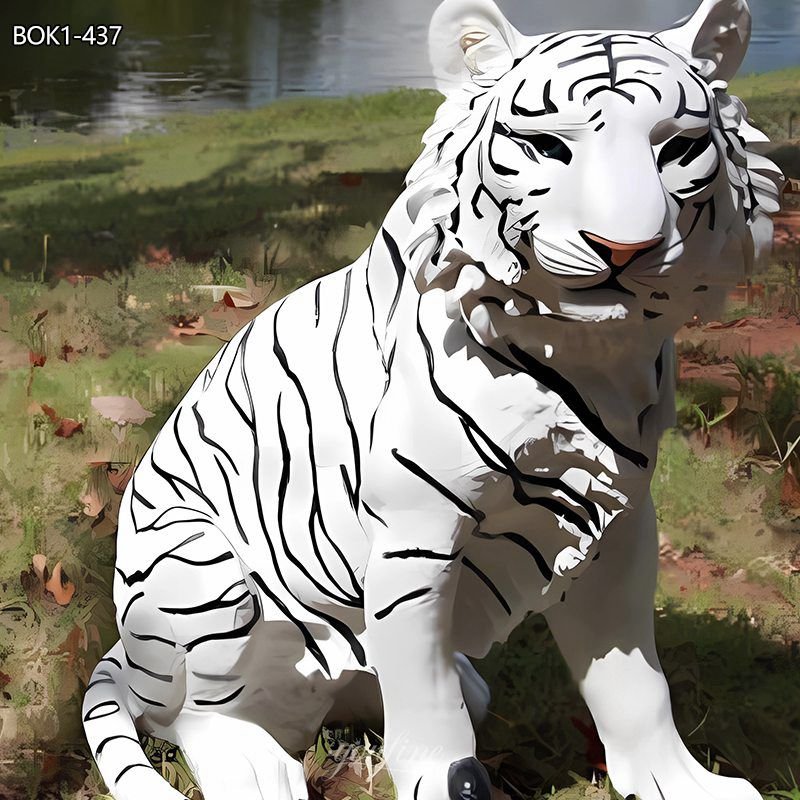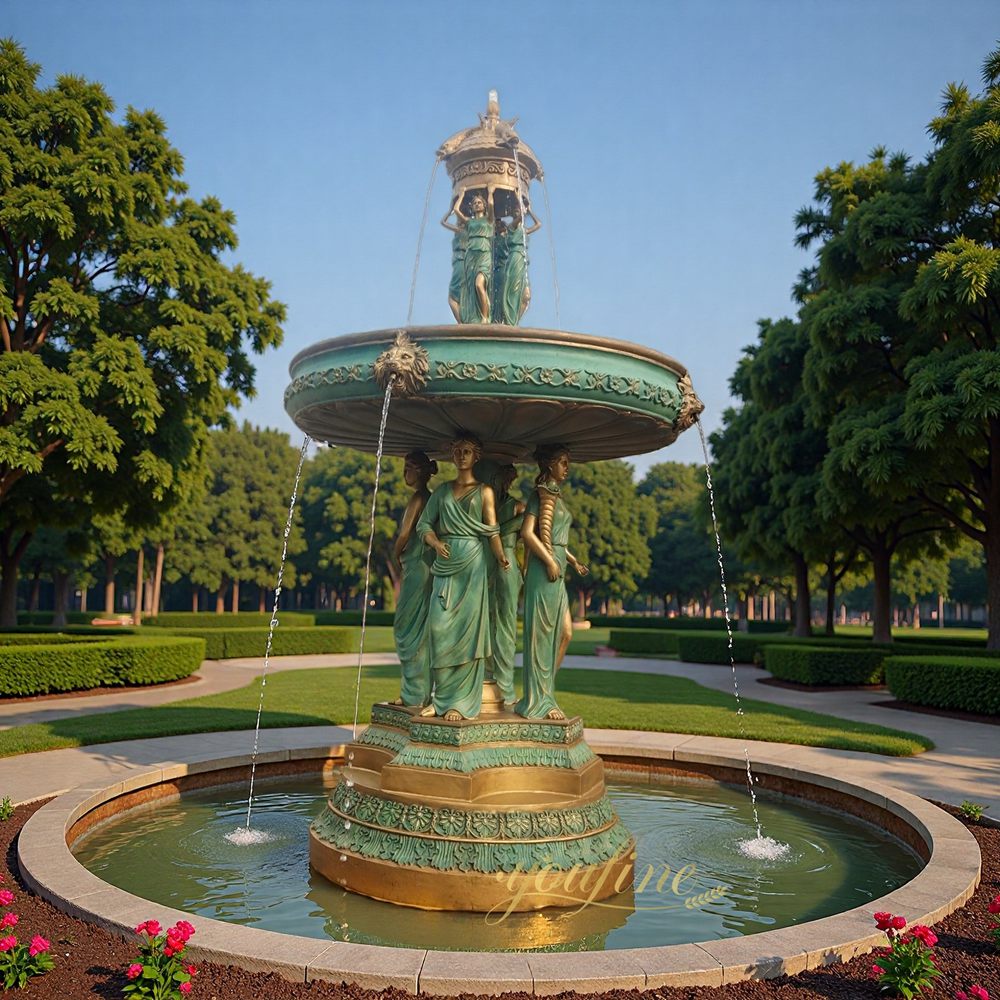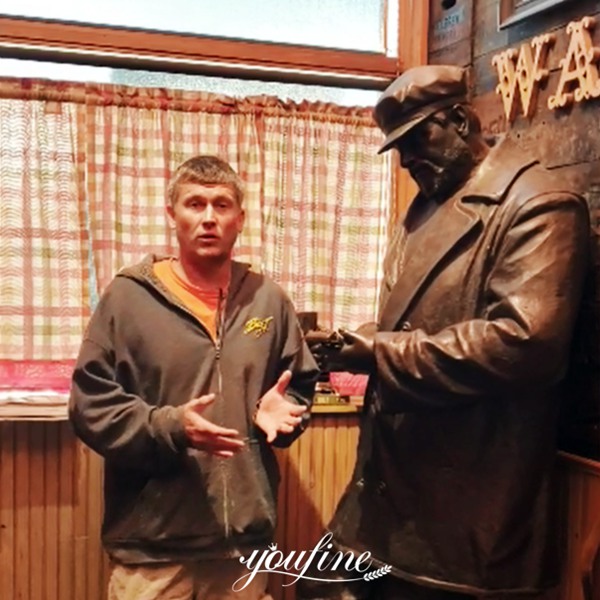From temples and sanctuaries to world-renowned museums, ancient Greek female statues continue to captivate with their grace, symbolism, and timeless beauty. These sculptures embody not only divine femininity but also the cultural ideals of beauty, strength, and piety in Greek art. In this article, we explore 10 of the most iconic Greek female statues that have fascinated the world for centuries.

Aphrodite of Knidos
Created by the famous sculptor Praxiteles in the 4th century BC, the Aphrodite of Knidos was one of the first Greek statues to depict a goddess completely nude. This groundbreaking work portrayed the goddess of love, Aphrodite, in a modest yet sensual pose, preparing for a bath. Though the original has been lost, Roman copies preserve its legacy. It broke artistic taboos and influenced generations of sculptors across cultures.
Key Features: Nude Aphrodite, contrapposto stance, modesty gesture.
Famous Copies: Capitoline Venus, Venus Colonna.

Athena Parthenos (Athena the Virgin)
Commissioned by Pericles and crafted by Phidias in 447 BC, the colossal Athena Parthenos once stood inside the Parthenon in Athens. Made of gold and ivory (chryselephantine), it depicted Athena fully armed with a shield, helmet, spear, and the goddess Nike in her palm. Though lost to history, its descriptions and Roman replicas confirm its monumental importance.
Key Features: Armor-clad, divine protector, symbol of Athens.
Symbolism: Wisdom, war, and civic power.




Caryatids of the Erechtheion
The Caryatids are six elegant maidens functioning as architectural columns on the Erechtheion Temple on the Acropolis. These draped female figures date to around 421–406 BC and are a stunning example of sculptural grace combined with structural function. Their flowing garments and subtle stance convey movement and dignity.
Key Features: Supportive function, Ionic elegance, vertical symmetry.
Location: Acropolis Museum (originals), Erechtheion (replicas).


Diana of Gabii (Artemis)
This serene and graceful statue of Artemis—Roman equivalent Diana—is thought to be the work of Praxiteles around 347 BC. The goddess is shown fastening her cloak, capturing a quiet, humanizing moment of the divine. Her calm expression and flowing garments reflect classical ideals of feminine modesty and beauty.
Key Features: Naturalistic gesture, poised movement, youthful femininity.
Current Location: The Louvre Museum, Paris.

Peplos Kore
Unearthed on the Acropolis of Athens, this statue dates back to around 530 BC. The Peplos Kore is a young woman clothed in a peplos, a traditional garment. Originally painted in bright colors, this statue offers a glimpse into the Archaic period’s ideals of modesty and divine representation. It likely depicted either a maiden or a goddess.
Key Features: Archaic smile, formal pose, colorful attire (originally).
Current Location: Acropolis Museum, Athens.


The Phrasikleia Kore
Dating to around 550 BC, the Phrasikleia Kore was discovered in a funerary context and bears an inscription: “I shall forever be called maiden.” It symbolizes a young woman who died before marriage. Exceptionally well-preserved, it retains traces of its original paint and features a lotus flower, symbolizing death and purity.
Key Features: Funerary use, lotus blossom, preserved color.
Location: National Archaeological Museum, Athens.

The Three Graces Statue
While originating from myth, the Three Graces—Aglaea, Euphrosyne, and Thalia—were popular in classical Greek art and frequently depicted in sculptures. Representing beauty, charm, and joy, they were often shown standing in a circle, semi-nude or draped. These figures became common in Roman and Renaissance art, but their roots are deeply Greek.
Key Features: Trio arrangement, soft gestures, symbolic harmony.
Meaning: Fertility, festivity, divine favor.


Venus de Milo (Aphrodite of Melos)
Discovered on the island of Melos in 1820 and now housed in the Louvre, the Venus de Milo is one of the most celebrated sculptures in the world. Though armless, the statue’s twisting posture and serene face reflect the refined skill of Hellenistic art. It likely represents Aphrodite, the goddess of love and beauty.
Key Features: Contrapposto pose, flowing drapery, idealized face.
Date: Circa 130–100 BC.



Winged Victory of Samothrace (Nike)
This dynamic sculpture of Nike, the goddess of victory, was created around 190 BC. Positioned on a ship’s prow, it captures the moment of divine descent. With her wings spread and garments whipped by wind, the Winged Victory is a masterpiece of movement and power in Hellenistic sculpture.
Key Features: Forward motion, detailed drapery, headless yet powerful.
Location: Louvre Museum, Paris.



Aphrodite of Rhodes (Crouching Venus)
A rare representation of a crouching Aphrodite, this statue depicts the goddess surprised during a bath. The pose creates a sense of intimacy and vulnerability rarely seen in classical sculpture. This version was found in Rhodes and is part of a broader sculptural tradition in the Hellenistic period.
The goddess kneels on her right knee, with her head turned to the right. Compared with the usual panic of covering her naked body with her hands, the statue of Aphrodite in Rhodes lifts her hair with her fingers to dry it, and shows her breasts to the viewer, looking generous.
Location: Archaeological Museum of Rhodes, Greece
Key Features: It is one of the most important symbols of Rhodes, and is traditionally regarded as a representative of the brisk rhythm of “Hellenized Rococo”. The surface is finely polished, like porcelain.

Where to Buy High-quality Replicas?
Faced with such exquisite and touching Greek woman statues, do you also want to use them to decorate your garden, courtyard, manor, hall, museum, art exhibition hall, and other places? In this way, classic art can be passed on, and the taste and style of your space can be improved.
YouFine is a professional art sculpture factory, focusing on the fine production of marble sculptures and bronze sculptures for more than 40 years. Since 1983, relying on the craftsmanship inherited from our fathers and the adherence to quality, we have sold many replicas of Greek sculptures to customers all over the world. Without exception, customers have expressed that the quality is superior and the service is satisfactory.

Therefore, if you are interested in these Greek sculptures, you could contact us directly. There is no limit on the style, size, and material. We would carefully make exclusive artworks for you that can be passed down to future generations.



